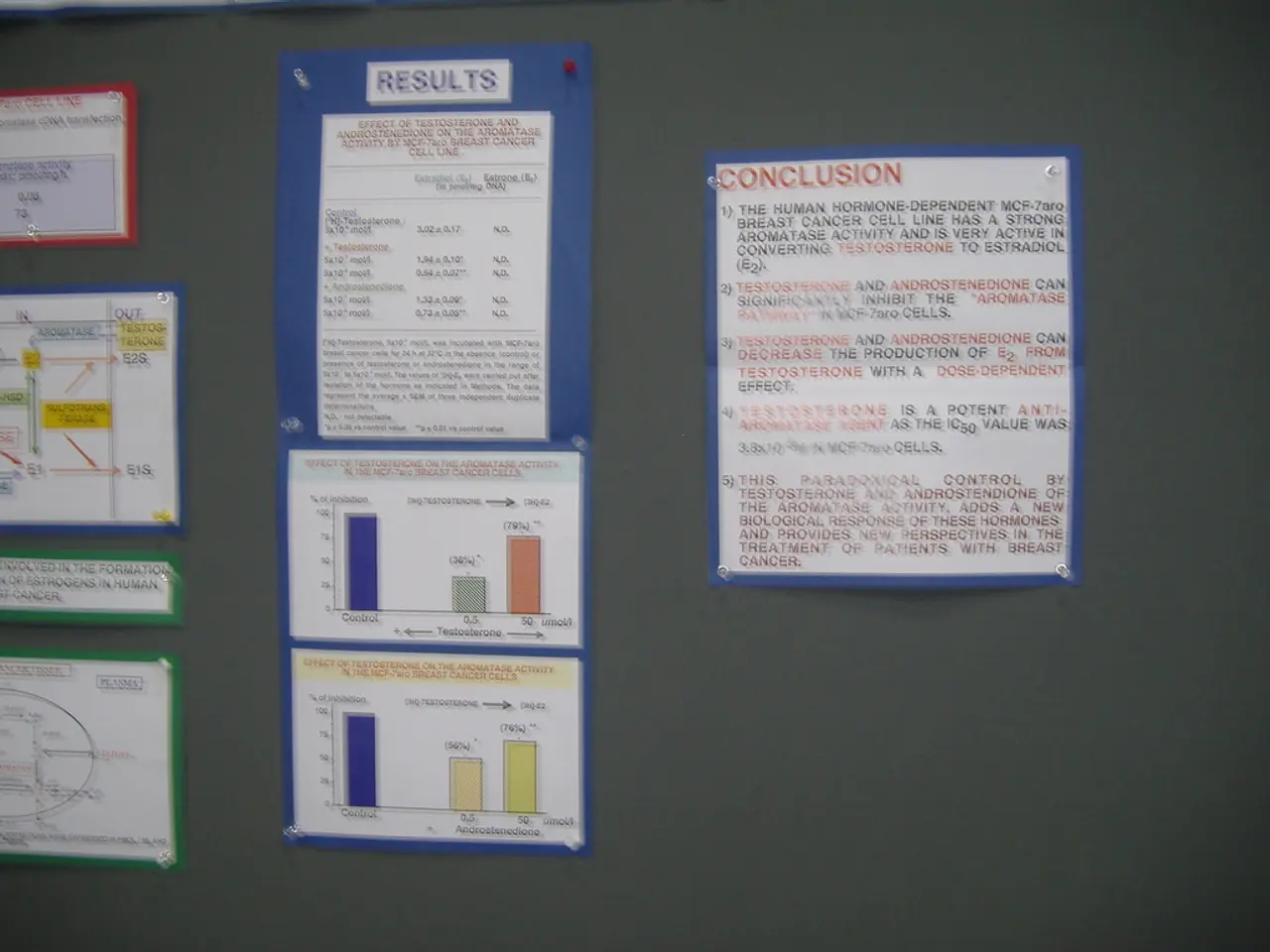Workplace Absence Due to Stress: Definition and Guidelines for Requesting It
Taking Stress Leave: A Guide for Employees
Stress can have a significant impact on an individual's mental and physical health, leading to symptoms such as excessive worrying, tension in the jaw, headaches, body pain, loss of sleep, and high blood pressure. If you find yourself dealing with these signs of stress, it might be time to consider taking stress leave.
In the United States, people can take stress leave if they meet certain conditions defined in the Family and Medical Leave Act (FMLA). This federal law provides eligible employees with up to 12 weeks of unpaid, job-protected leave per year for certain medical and family reasons, which can include mental health conditions like stress or depression if they meet medical certification requirements.
To qualify for FMLA leave, an employee must have worked for their employer for at least 12 months and logged at least 1,250 hours in the prior year. The employer must also be covered by FMLA, which includes private employers with at least 50 employees, public agencies at the local, state, or federal levels, and public and private elementary and secondary schools.
The specific legal conditions for taking stress leave under FMLA are:
- The stress or mental health condition must qualify as a serious health condition, as certified by a health care provider.
- The employee can take leave for their own health needs or to care for a family member with a serious health condition.
- The employer must be covered by FMLA.
- The employee must provide appropriate notice and medical certification per employer policies and FMLA regulations.
Though stress leave itself is not explicitly named in the FMLA, mental health conditions that impair an employee's ability to perform their job typically qualify under the statute's medical leave provisions. Employers may also have their own paid or unpaid leave policies that support mental health leave beyond FMLA requirements.
Before taking stress leave, it's essential to familiarise yourself with the FMLA act and your company's policies around sick and stress leave. You should also work to address the causes of your stress and manage it effectively. This may involve discussing any workplace issues contributing to stress with your direct manager and the HR department, consulting a healthcare professional to discuss the physical and emotional toll of your stress, and practicing stress-management techniques such as mindfulness, improving physical health through good nutrition and exercise, and getting adequate rest and sleep.
Avoiding working from home or thinking too much about work while on stress leave is also important. When returning to work, you can ask your direct manager to work with you to create a return to work plan, which may include starting with a reduced workload and gradually building up responsibilities with regular check-ins.
It's also crucial to provide proof of ill health to your employer when discussing taking stress leave. The healthcare professional can provide support and medical guidance on managing stress, and may confirm with your employer that you are unable to work due to stress.
Remember, the FMLA only covers unpaid leave, and many people are ineligible for this leave or unable to take extended periods of unpaid leave. Continuing stress-management techniques can help ease the transition back to work.
Psychological distress is highest among workers whose employers do not provide paid sick leave. If you're in a situation where FMLA leave is not an option, it's essential to prioritise your mental health and seek support from colleagues, friends, or family, have a positive mental attitude, pursue interests or hobbies, take time off work during holidays and weekends, and refrain from taking work home.
In conclusion, stress leave is a valuable resource for managing serious health-related issues, including stress, when documented medically. By understanding the FMLA and your company's policies, addressing the causes of your stress, and practicing stress-management techniques, you can effectively take care of your mental health and return to work feeling refreshed and ready to perform at your best.
[1] Family and Medical Leave Act (FMLA) [2] FMLA and Mental Health [3] The American Psychological Association (APA) on Stress at Work [4] FMLA Eligibility [5] Stress and Mental Health
- Stress can affect both an individual's mental and physical health, leading to symptoms such as anxiety, excessive worrying, and high blood pressure.
- In the United States, employees may take stress leave under the Family and Medical Leave Act (FMLA) if they meet certain conditions and have a serious mental health condition, like stress or depression.
- To qualify for FMLA leave, an employee must have worked for their employer for at least 12 months, logged at least 1,250 hours in the prior year, and the employer must be covered by FMLA.
- To ensure proper examination and documentation of mental health conditions, it's important to consult with a healthcare professional and provide proof of ill health to the employer when discussing taking stress leave.
- Employers may have their own paid or unpaid leave policies that support mental health leave beyond FMLA requirements, so familiarize yourself with both FMLA and your company's policies.
- A positive mental attitude, pursuing interests or hobbies, taking time off work during holidays and weekends, and refraining from taking work home can help prioritize mental health when FMLA leave is not an option.




